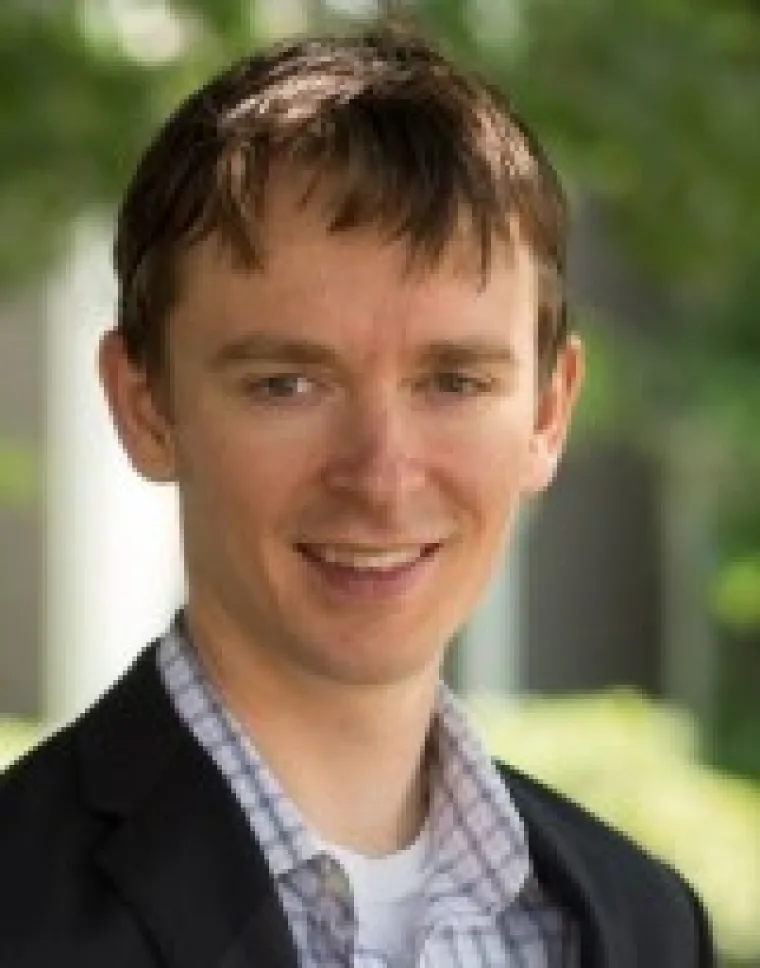Ewan Douglas

Assistant Professor, Department of Astronomy
Assistant Astronomer, Steward Observatory
Dr. Ewan Douglas joined the University of Arizona Department of Astronomy and Steward Observatory in the Spring of 2019. His research focuses on space instrumentation, wavefront sensing and control, and high-contrast imaging of extrasolar planets and debris disks. Dr. Douglas is the lead payload engineer and project scientist for the Deformable Mirror Demonstration Mission, a CubeSat under construction to test technologies for imaging of Earthlike exoplanets by demonstrating adaptive optics in space using a microelectromechanical deformable mirror. As a postdoc since 2016 in the MIT Prof. Kerri Cahoy's Space Telecommunications, Astronomy, and Radiation Laboratory, Ewan has also worked on new approaches for sensing wavefront errors in space telescopes using lasers on small formation flying spacecraft as guide stars, techniques for managing systems engineering requirements that have been applied to the NASA WFIRST mission, and is leading a team to conduct coronagraphic observations of the Epsilon Eridani star system with the Hubble Space Telescope's STIS coronagraph.
Dr. Douglas graduated from Tufts University with a bachelors in Physics in 2008. He worked for a year at the Hanford Laser Interferometer Gravitational-wave Observatory before attending graduate school at Boston University, where he received a PhD from the Astronomy Department in 2016. In graduate school he worked with Prof. Supriya Chakrabarti on sounding rocket missions demonstrating technology for interferometric coronagraphy of nearby star systems, built a portable lidar for measurement of forest leaf area and carbon content, and tested methods for characterization of Earth's ionosphere using extreme ultraviolet spectroscopy. Since 2006 he has taught in the University of Arizona's week long Astronomy Camp program for high school students on Kitt Peak and Mount Lemmon.

